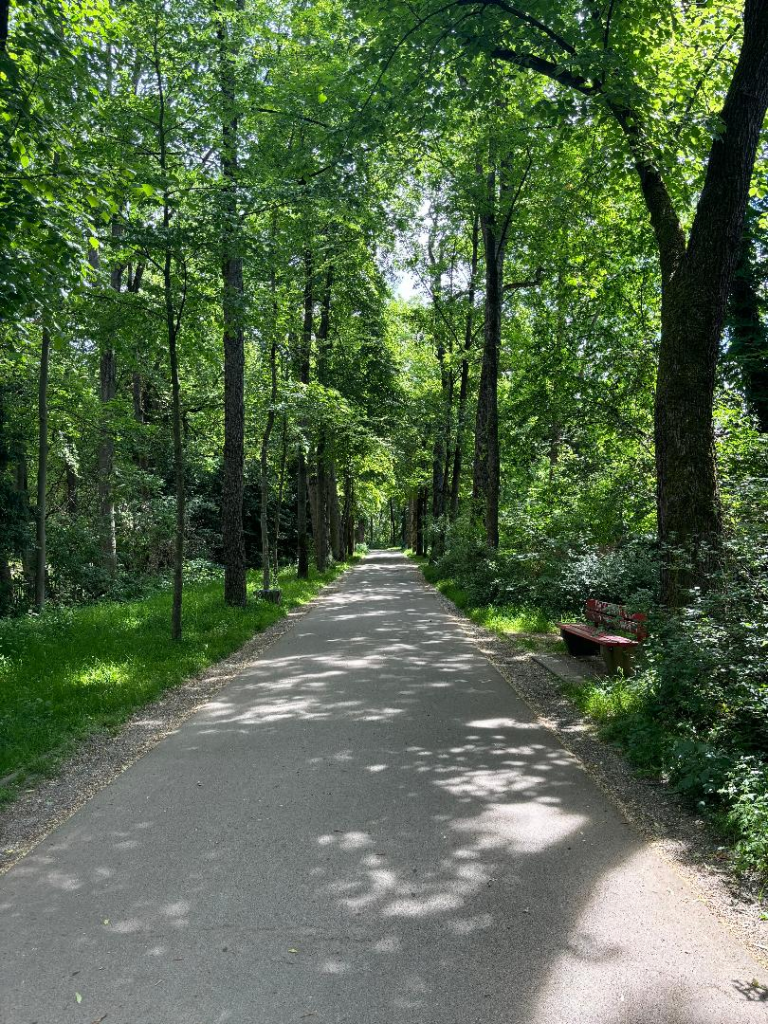May 16, 2024
The picturesque town of Regensburg is one of Europe’s best-preserved cities. Tucked away in the hills of Bavaria, Regensburg was the site of the world’s first stone bridge, for centuries the only bridge over the Danube River between Ulm, Germany and Vienna, Austria. This allowed Regensburg to become a major center of trade and government.
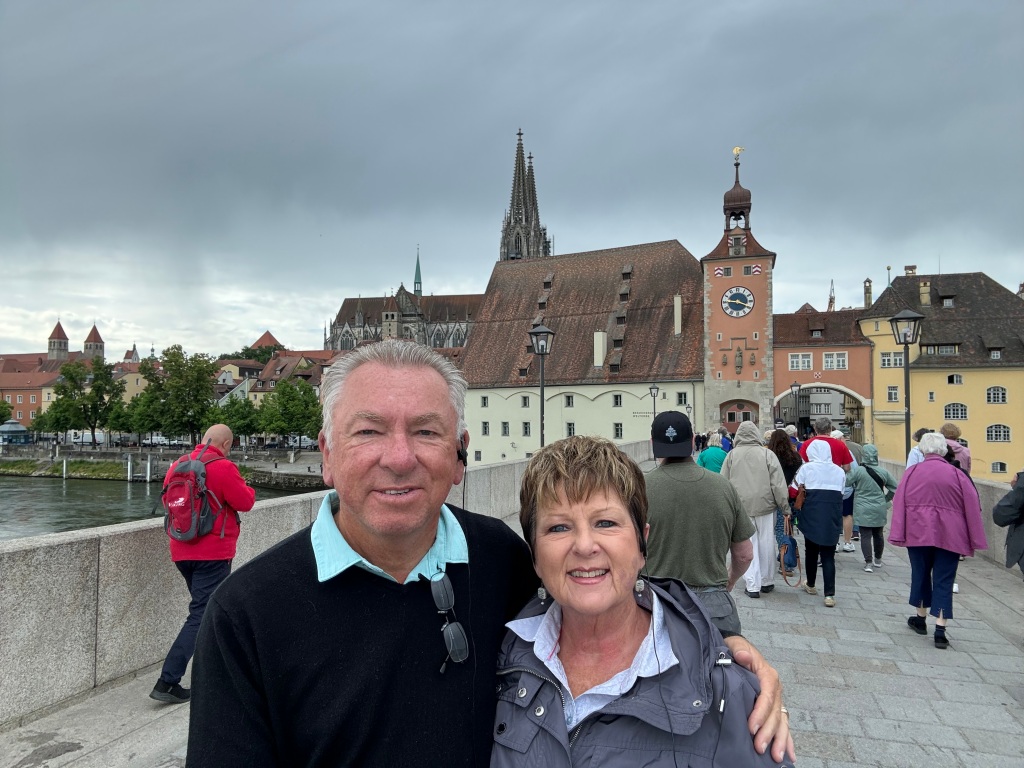
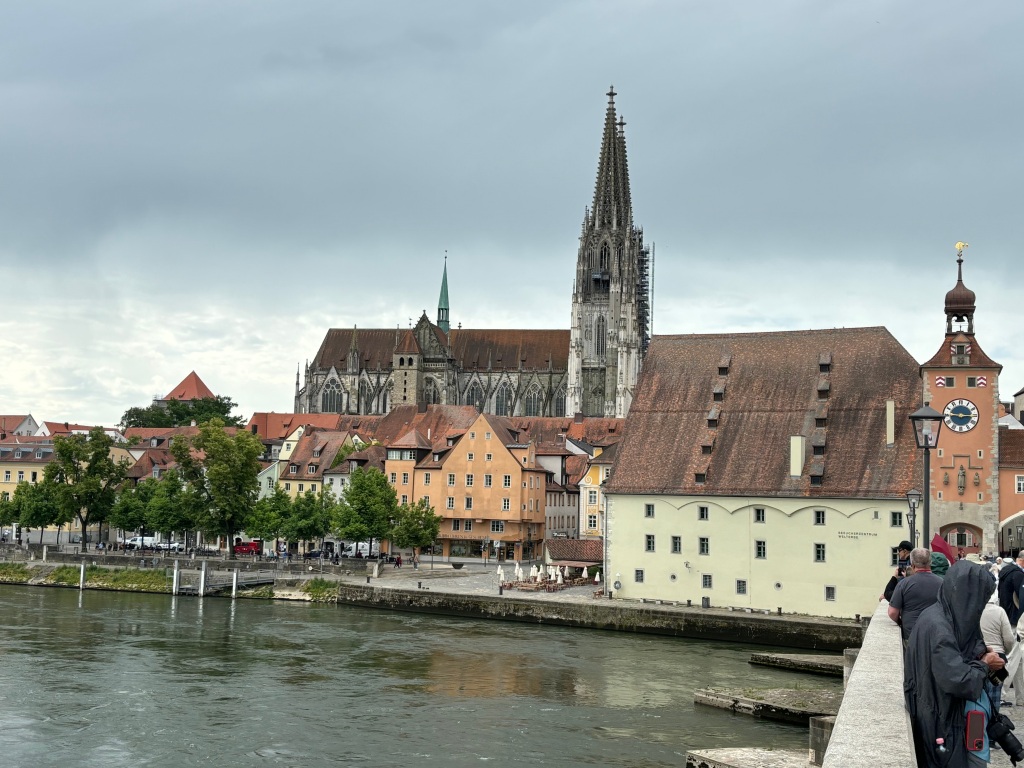
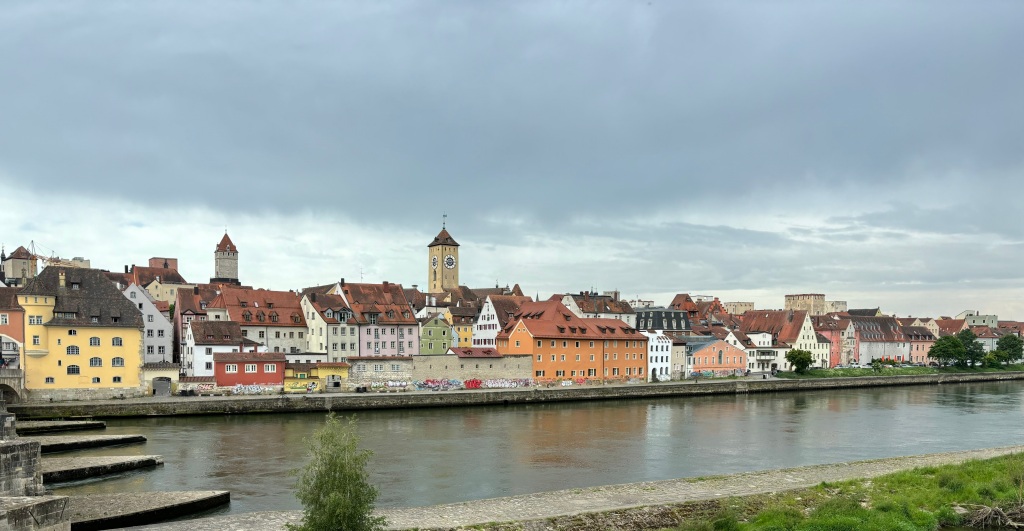
The bridge took eleven years to build – break-neck speed for the time. Legend has it that the bridge builder was in competition with the gentleman building the cathedral you see in the distance. The bridge builder could see that the cathedral was getting done more quickly than the bridge, and no matter how hard they tried it was clear his men would not be able to get the bridge done first. So, what to do? Well, the church obviously had God on their side, so the bridge builder had no choice but to turn to the devil. The devil was happy to oblige. He just asked one small thing in return – three souls. The bridge builder happily agreed, and indeed, the bridge was finished before the cathedral. Opening day arrived and the mayor excitedly asked to be the first to cross. “Oh no!” cried the builder. “First we must make sure it is safe for you.” He grabbed two chickens from a near-by merchant and threw them onto the bridge. A dog immediately ran after them, and once they crossed the bridge the builder, knowing his debt to the devil had been paid, happily invited the mayor to cross. The devil is said to have been furious; he knew that he’d been played. He dove into the river in a rage and remains there to this day, making all the little swirls we see in the water.
Entering the city, we were greeted by the Gladiator building. The depiction of David and Goliath casts Regensburg as the David against the Goliath that is all of Germany. It is a reminder to its visitors that although Regensburg is small, it is wealthy and has a connection to the emperor that makes it mighty. The residents of Regensburg were able to leverage their importance to trade to become quite wealthy. When others needed money, including those in power, they turned to the good people of Regensburg. This bought Regensburg influence with the emperor, who granted them independence.
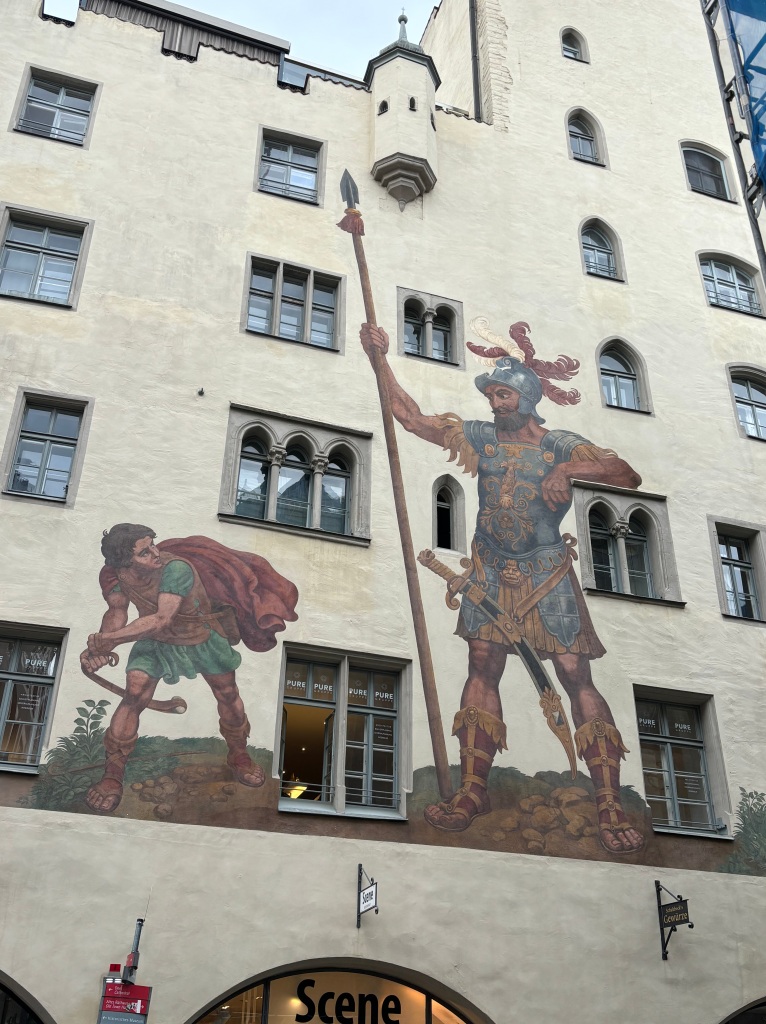
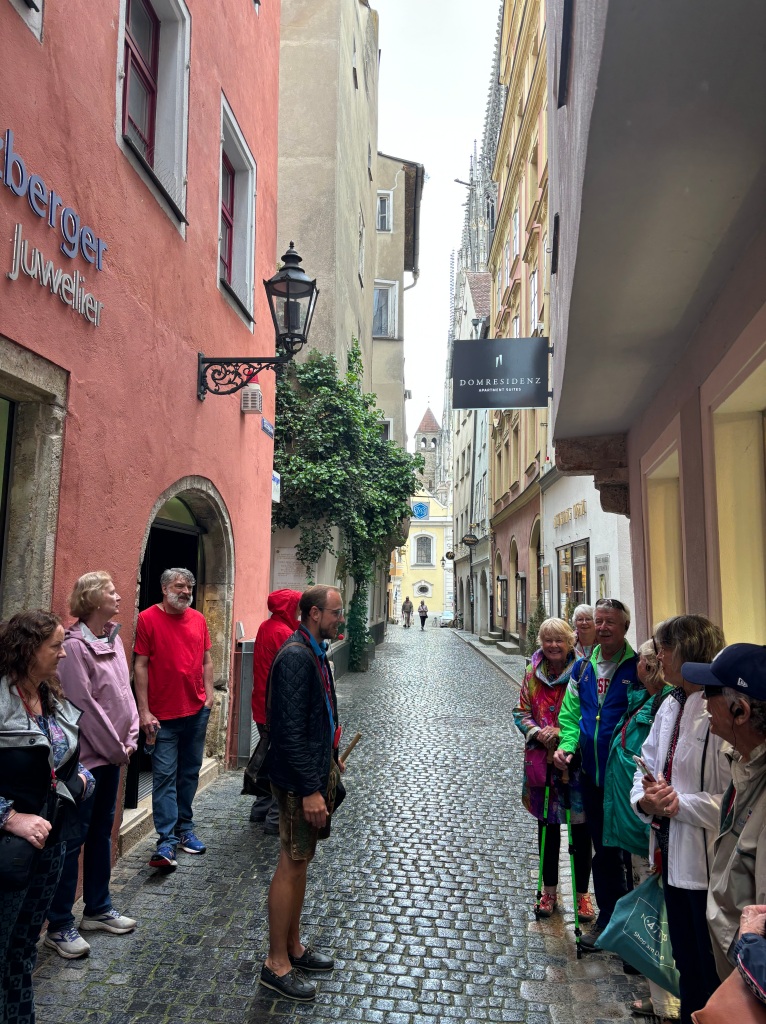
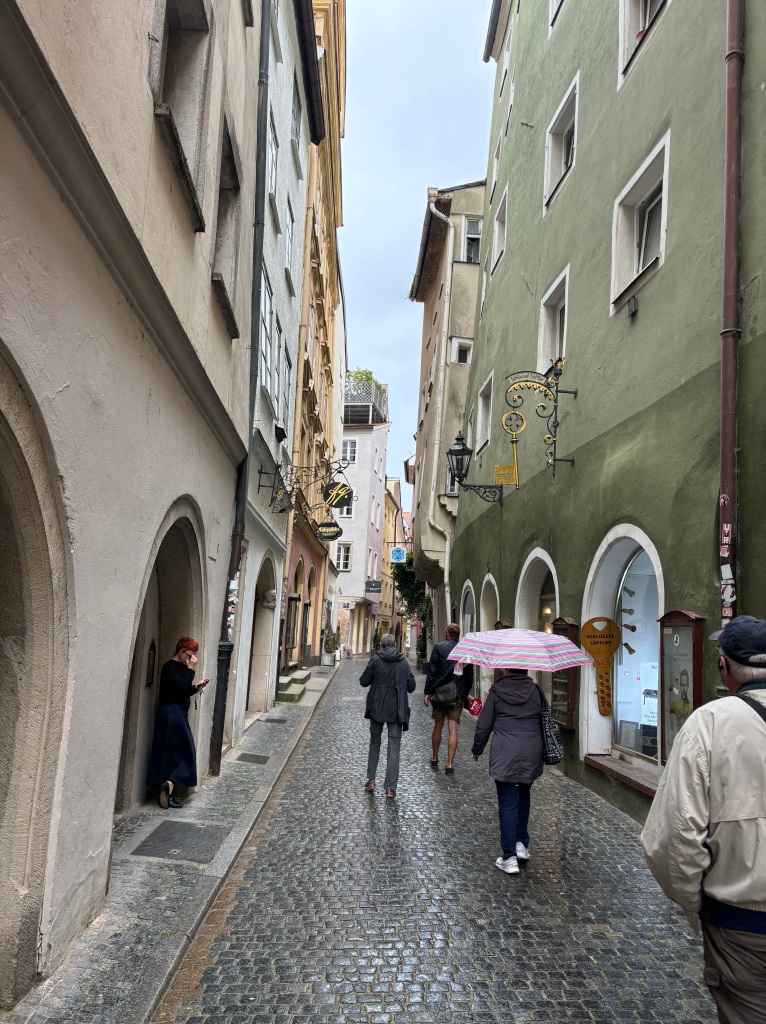

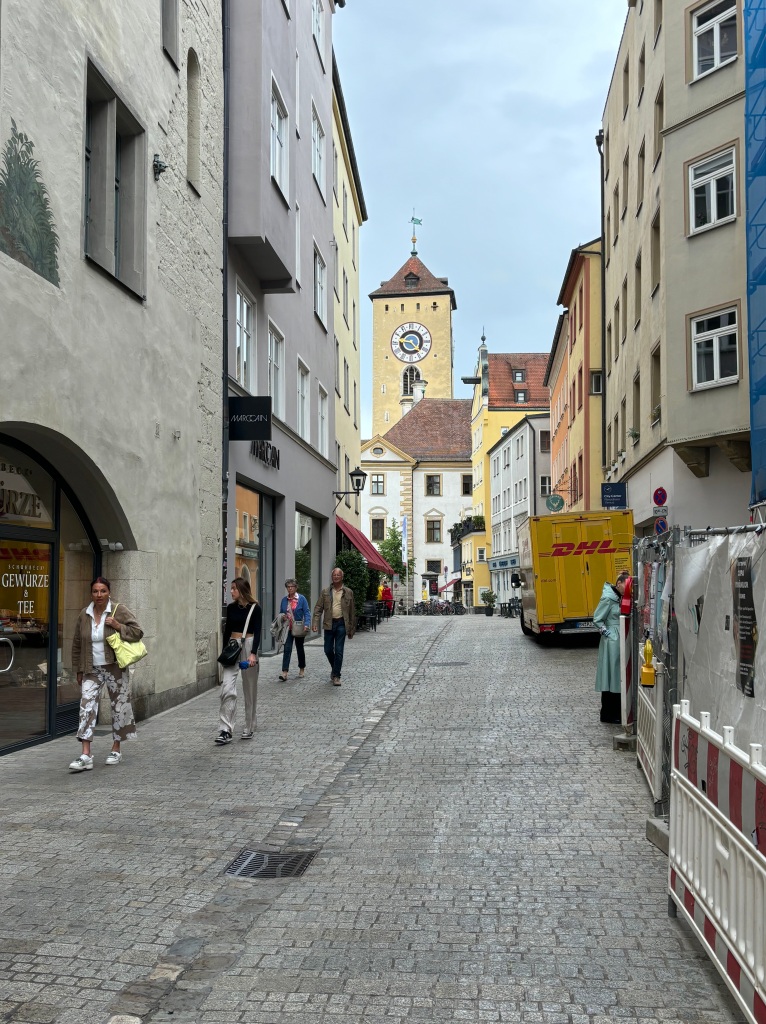
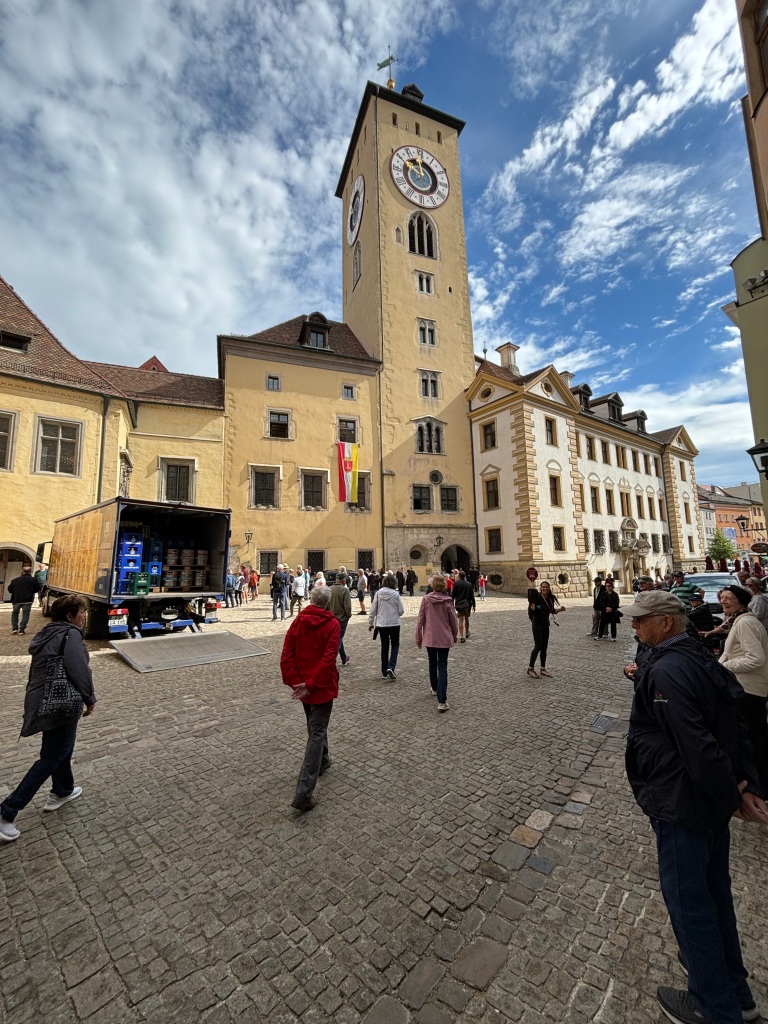
We walked through the shop quarter into the wealthier part of town. The building in the photo below encompassed four sides and once housed just one family. Today it provides subsidized housing for fifty university students. Where a tree now stands there was once a well. As a wealthy family, they would have had a bathroom, too; it would have been situated right next to the well. You can guess the outcome of that – the well water would be contaminated, so people couldn’t drink it. If you were wealthy and had the land you could have cows or goats and provide milk for your family, but for most people this meant they drank a lot of wine – a half gallon or more per day, including kids – and beer.
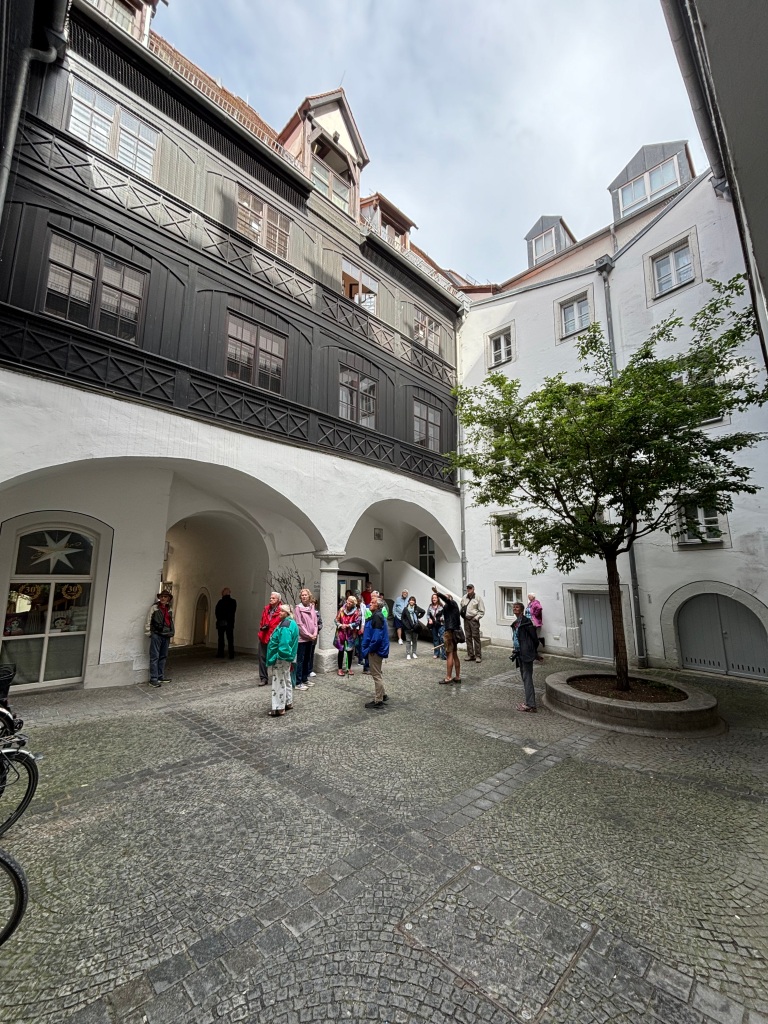
The major landmark in the town is St. Peters Cathedral (also known as the Regensburg Cathedral). Construction began in 1280 and in 1520 the church was finally completely finished and ready for use. Two-hundred-forty years…the end result is quite impressive.

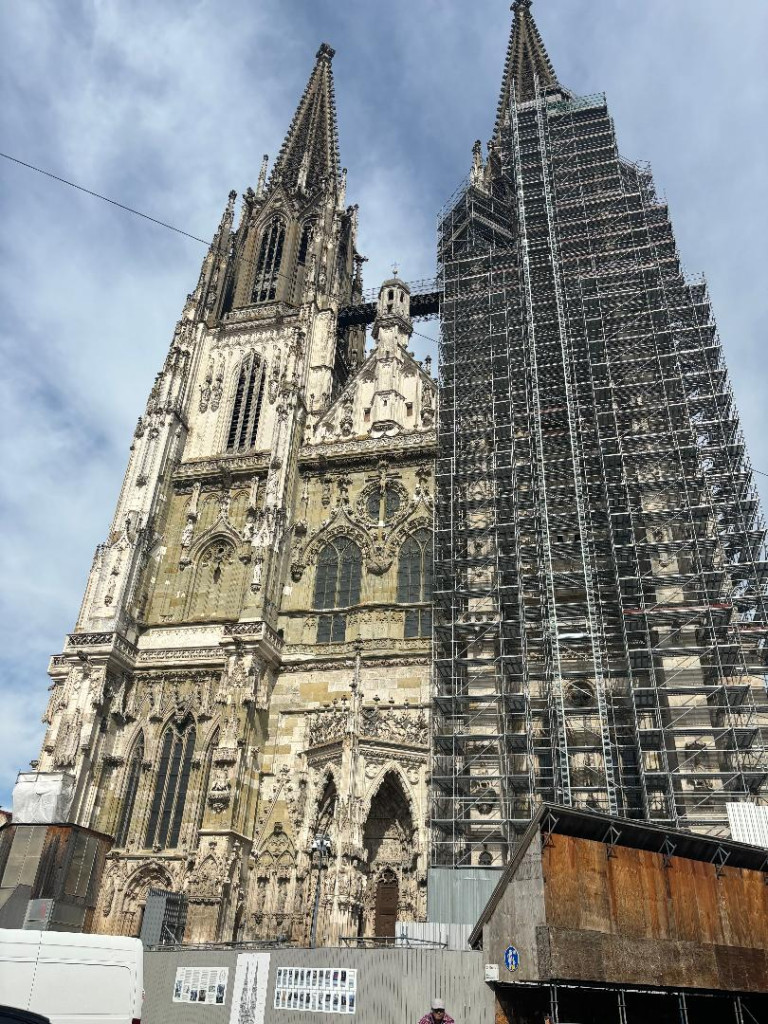
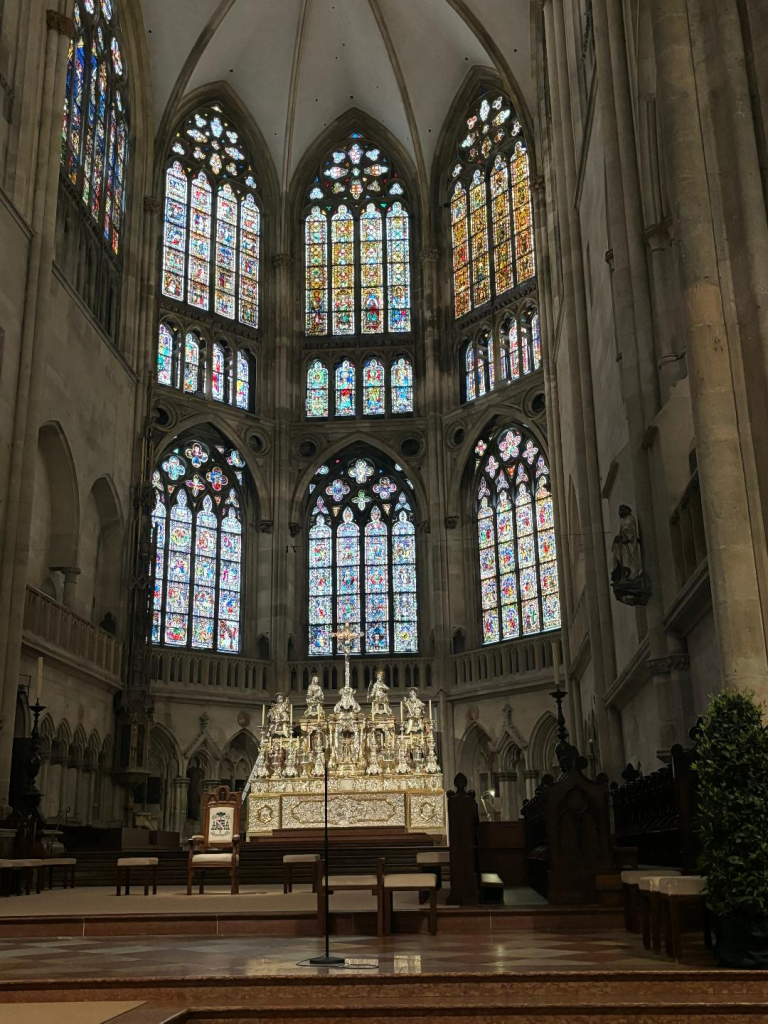
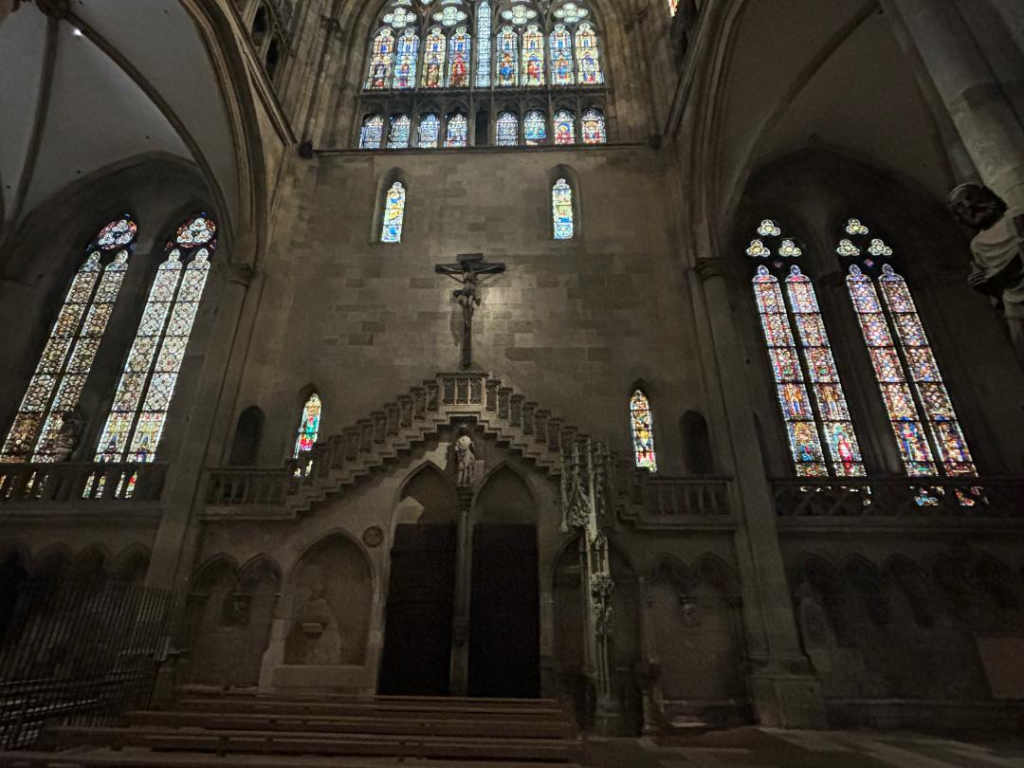

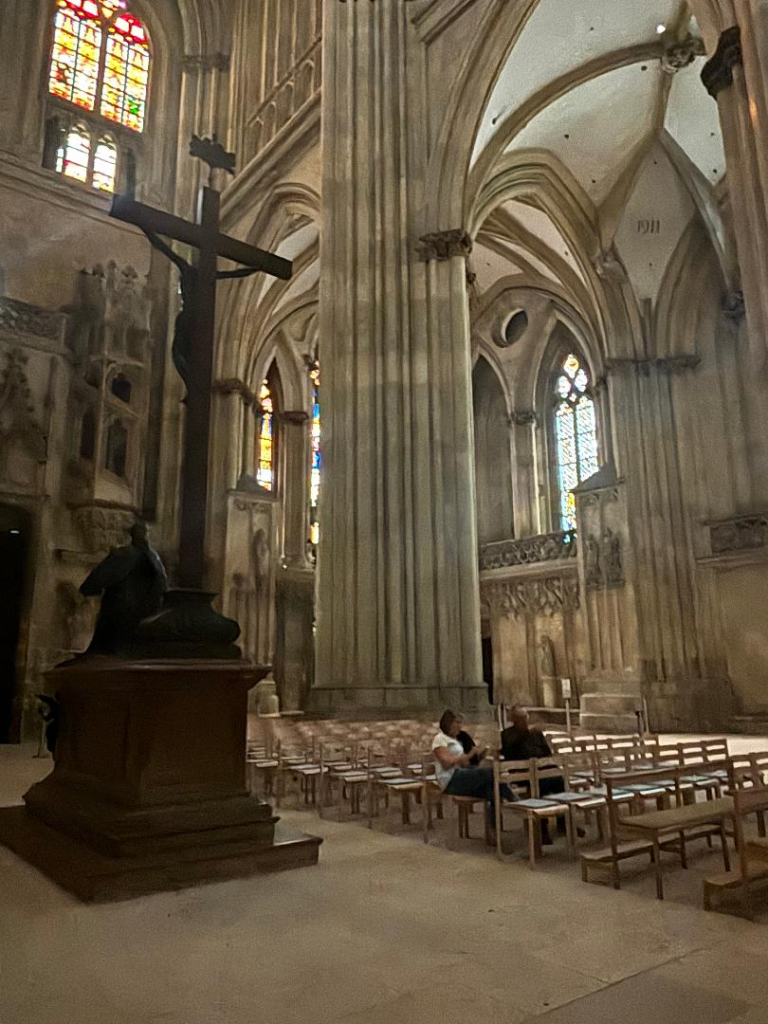
As you can see, it’s quite dark inside. The columns are massive, and the ceilings very high. Because of its age and size the exterior is in constant repair, thus the scaffolding. It has been removed only once in the last 20 years or more – when the Pope came to town and everything had to look perfect!
Regensburg is a beautiful town, with wonderful old buildings still in use. I’m sure these buildings have their challenges, but it would be kinda cool to come to work to this building every day…assuming you didn’t get tripped up by the signs…


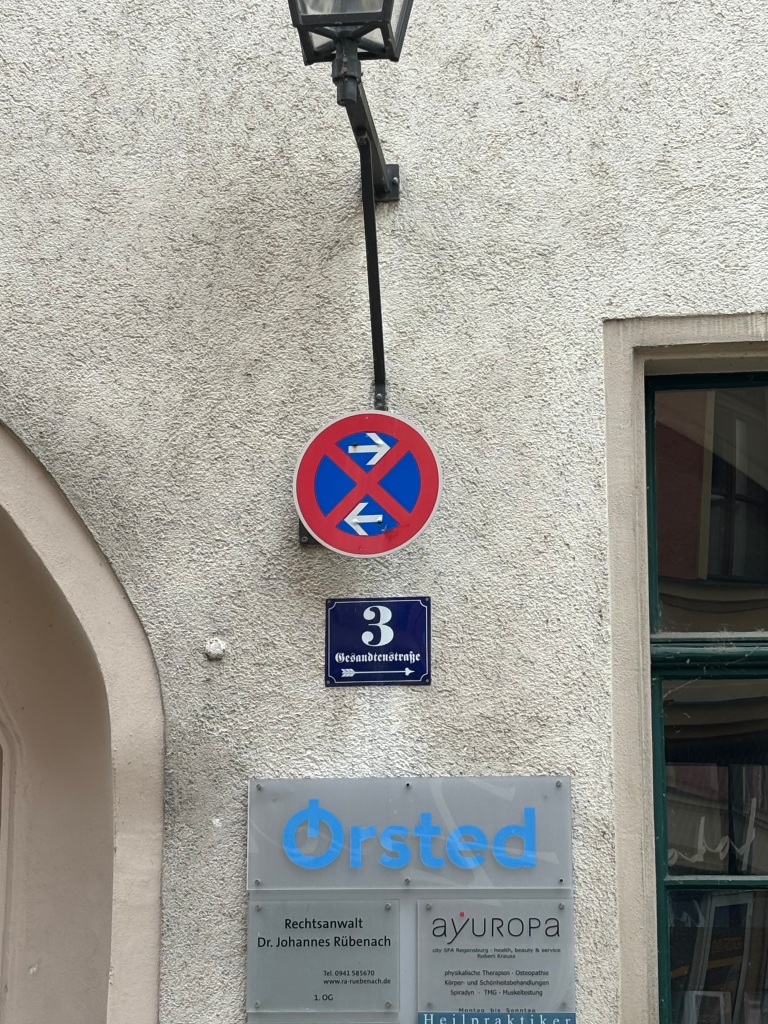
There’s an interesting tale associated with one of Regensburg’s most famous sons. Perhaps you’ll recognize him in the story of Barbara and the emperor. Barbara was the daughter of an impoverished nobleman. She had an affair with the emperor, who had been widowed years earlier. Not so surprising she found herself pregnant. The emperor was good enough to recognize the child as his own. To avoid scandal Barbara was married to an officer of the court. The emperor ensured his illegitimate son received the best education and gave Barbara a life-long stipend. In time the boy became a man. He was anxious to serve in the military, and after his father’s death there was no one standing in his way. He did well in the military, quickly advancing to the position of Commander of the Holy League, reporting to his half-brother who had become emperor after their father’s death. The young man was quite attractive and was said to have a way with the ladies. This made his half-brother a bit jealous. He sent the young man to a remote location in the Spanish Netherlands, where he contracted syphilis and died at the age of 31. To ensure that the young man could receive a proper burial and gain entrance to heaven, his half-brother had his body cut into pieces and secretly returned backed to Regensburg in a number of different shipments, where it was reassembled and laid to rest.
Do you know who it is? It is Don Juan! Did you think he was just a fictional character of Mexican lore? Turns out there was a real Don Juan, Don John of Austria. 😉
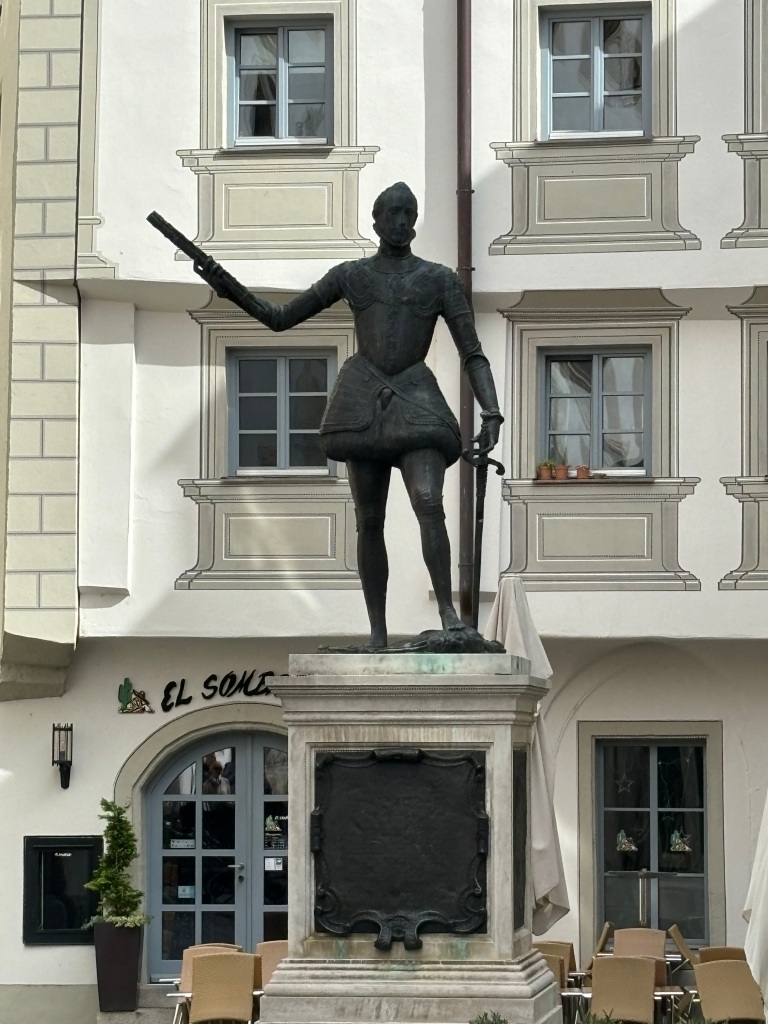
The most impressive building in Regensburg would have to be the Thurn and Taxis Castle. It served as the Benedictine Abbey of St. Emmeram from 739 – 1812, when it was given to the princes of Thurn and Taxis. The family had made its fortune delivering both private and official mail throughout the Holy Roman Empire. They had used the proceeds from this endeavor to diversify into a number of other enterprises, but the postal service was their bread and butter. After the fall of the Roman Empire the Spanish and German postal services began taking over the areas Thurn and Taxis had previously serviced. In 1808 the King of Bavaria made an agreement with the princes, granting them title to several now-defunct abbeys, including the Regensburg abbey in which they were already living, as compensation for the loss of their postal revenues.
The castle is still owned by and inhabited by the Thurn and Taxis family. It is the world’s largest occupied residence – even bigger than Buckingham Palace. The most modern heirs, Prince Johannes and Princes Gloria (known in the press as Princess “TNT” because of her last name and personality) are said to have lived a very wild and lavish life. But when Prince Johannes died in 1990, Gloria ran into some financial difficulty and ended up bargaining with the government to open sections of the castle for public use in exchange for tax relief. Today you can tour the Benedictine cloister, the treasury, stable carriage houses, ballroom and more. The family still lives there, but other sections are used as an event center, a museum, a home for the elderly and a soup kitchen.
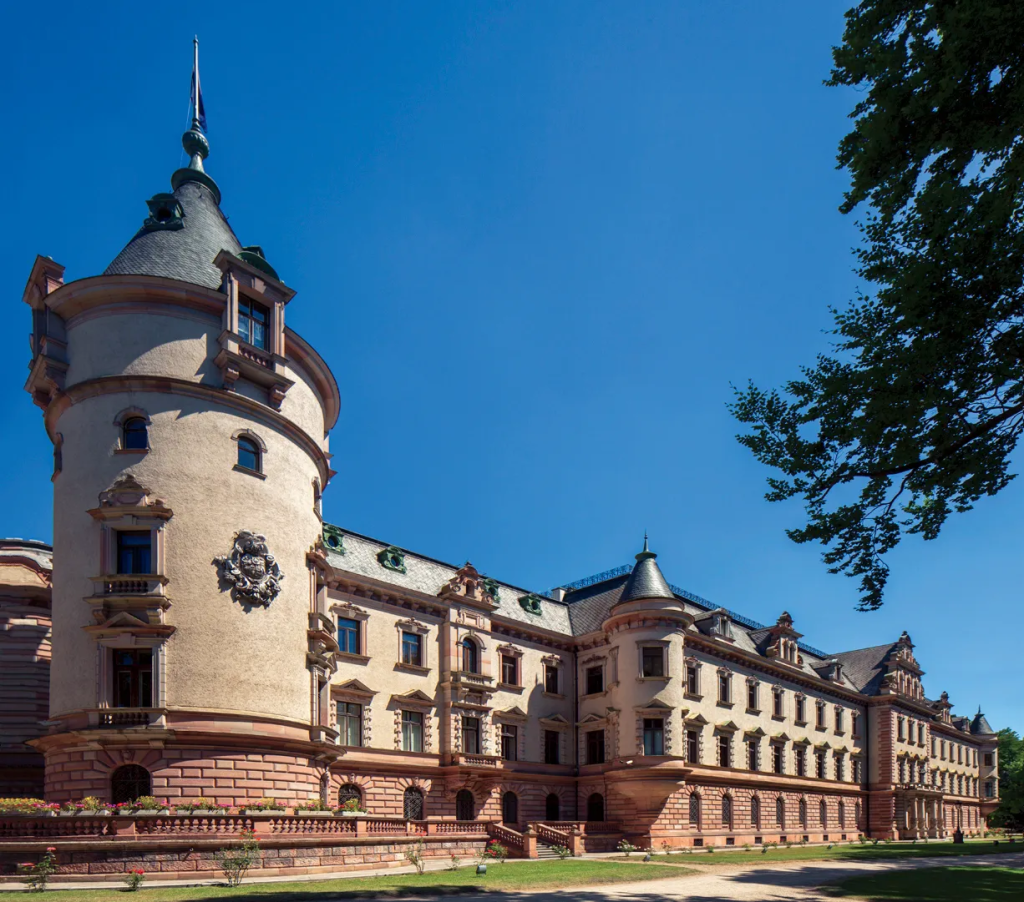
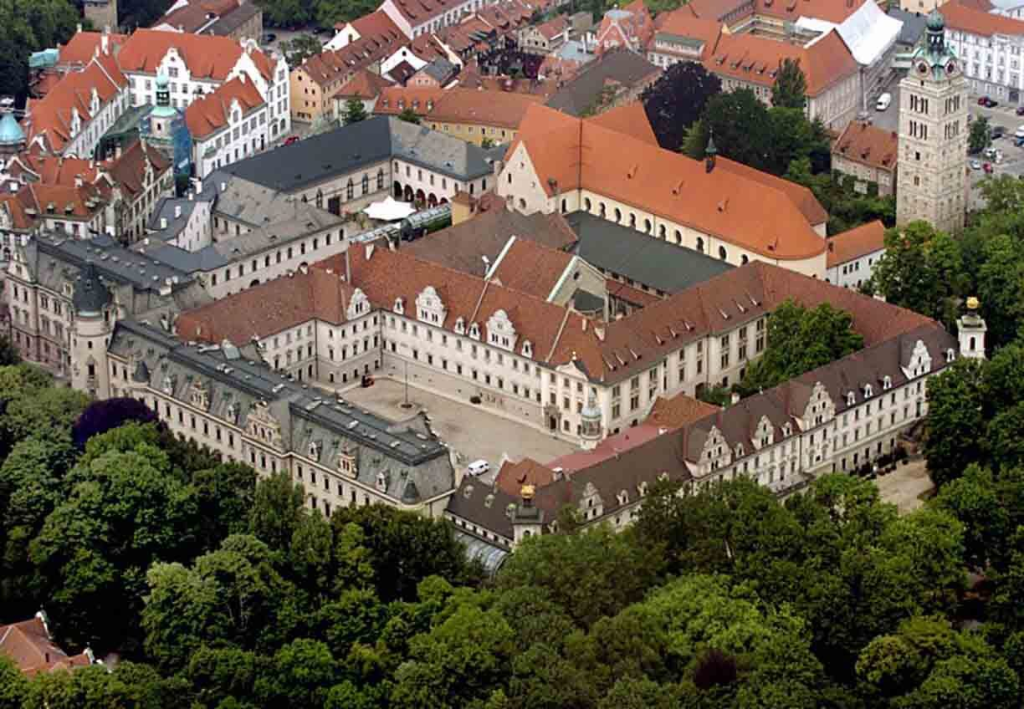
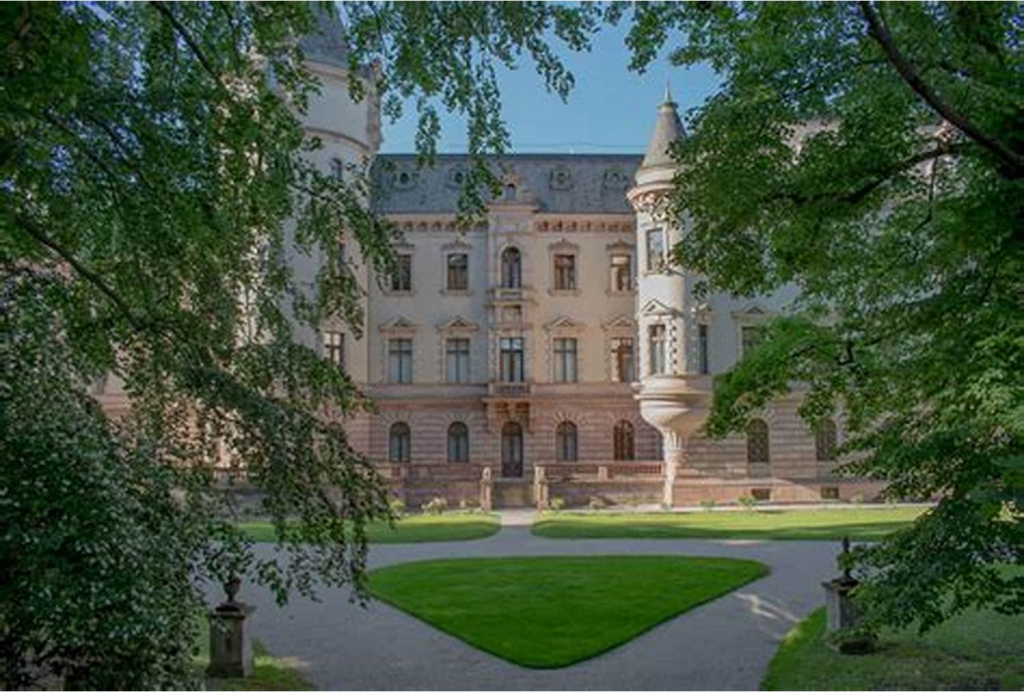


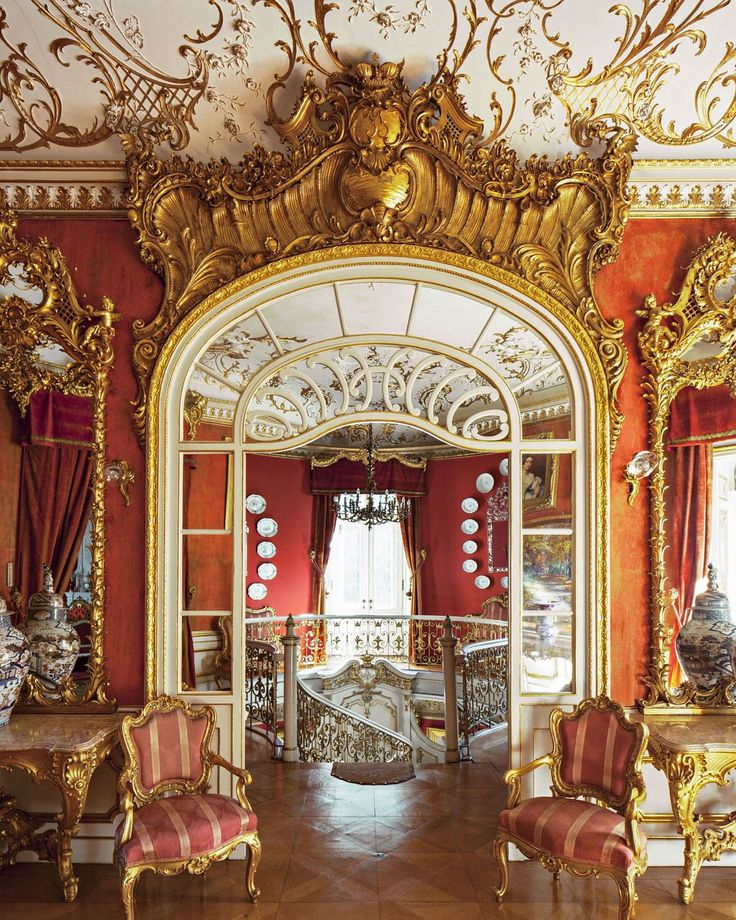
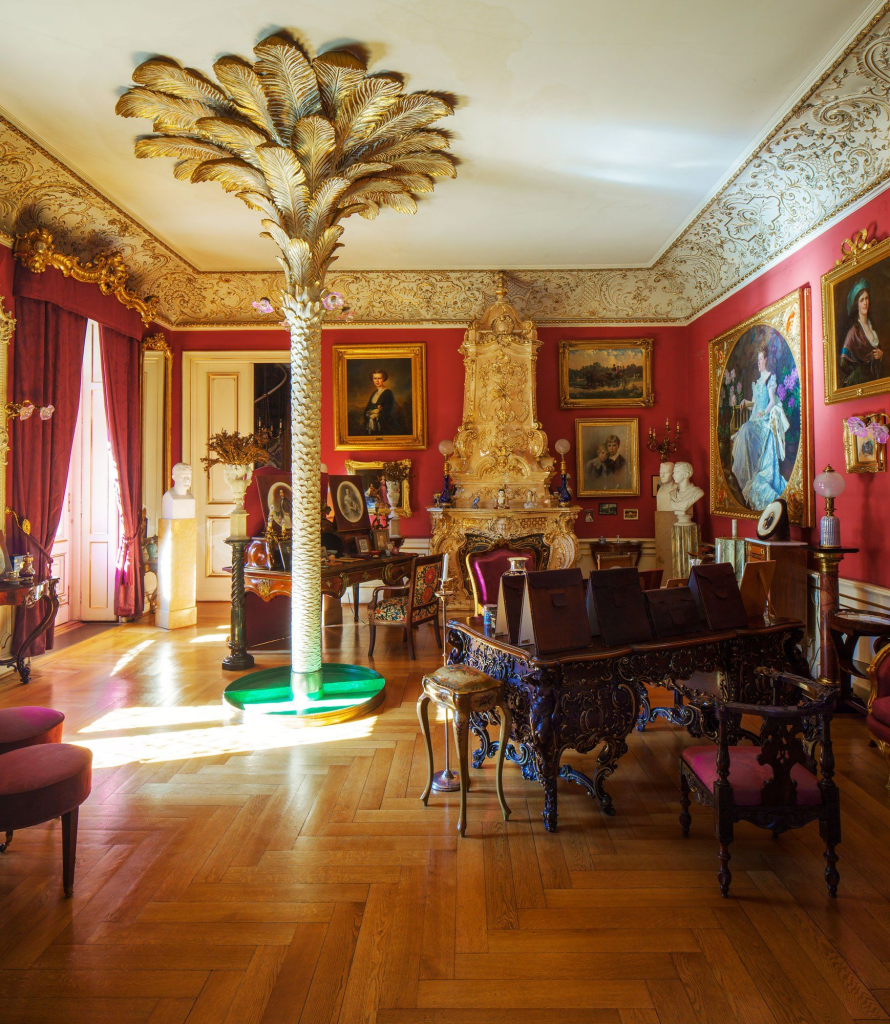
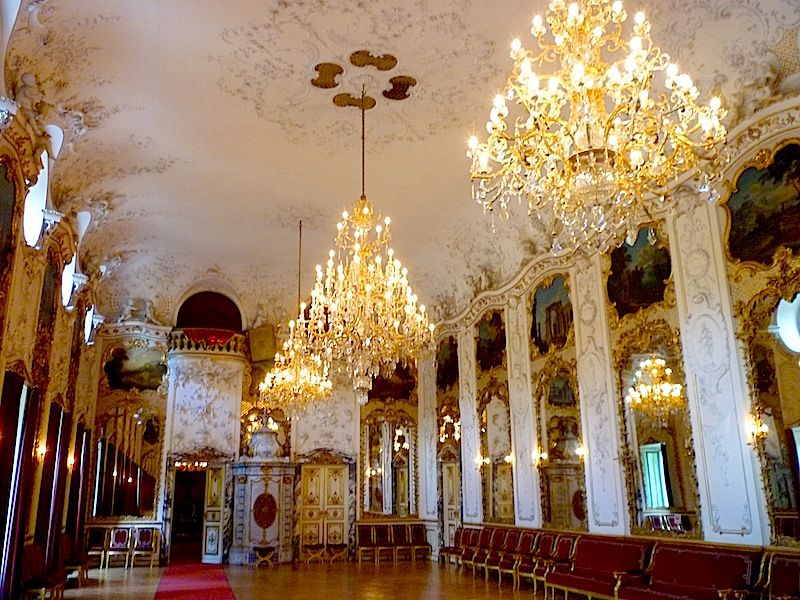
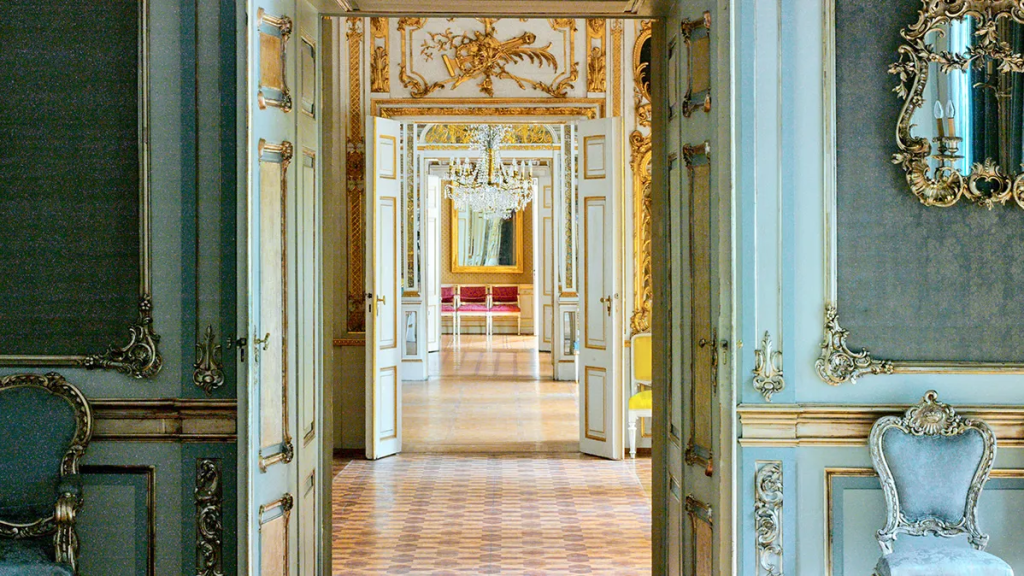
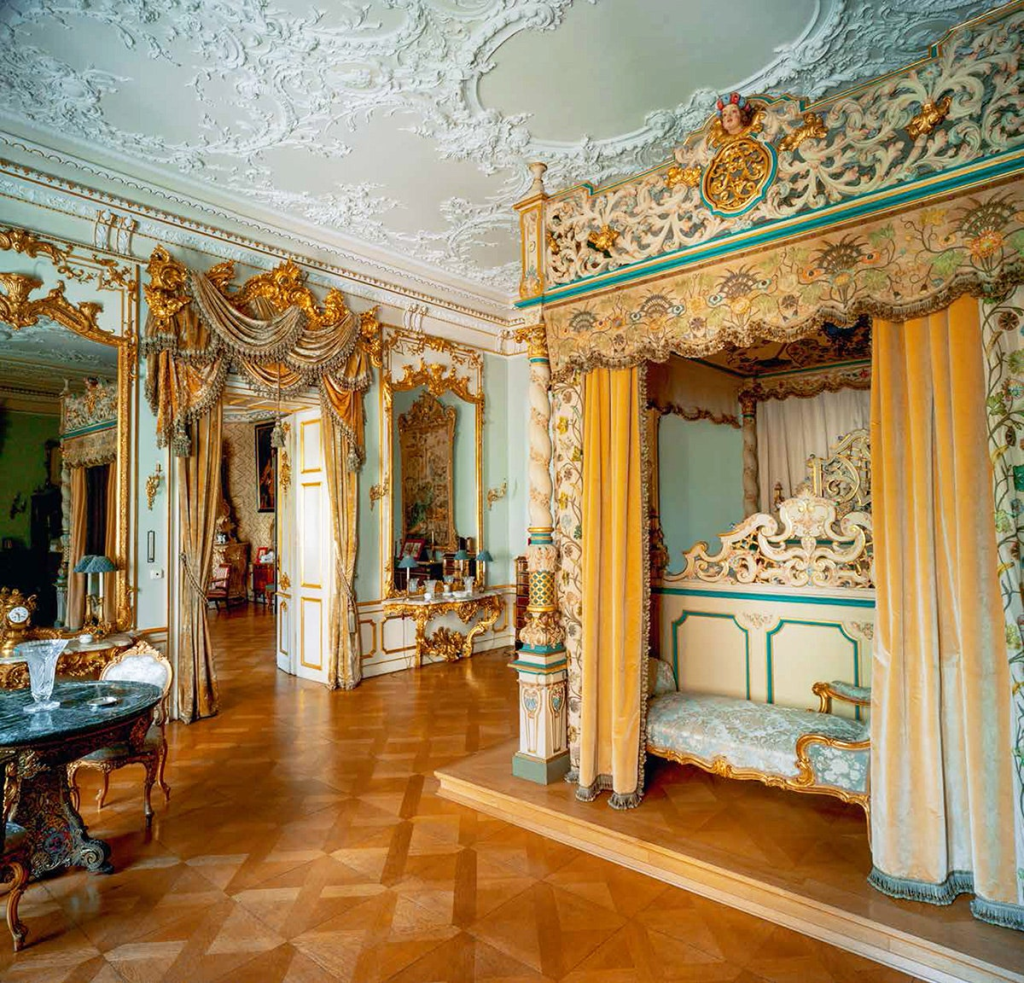
It was a beautiful day for a walk!
